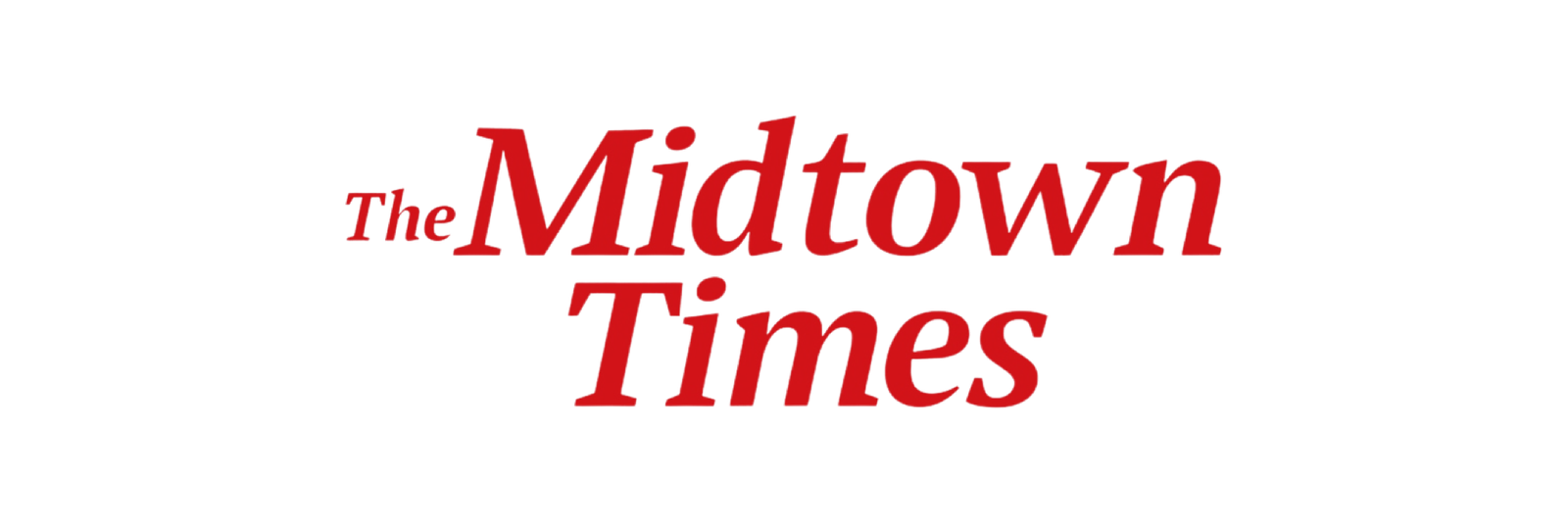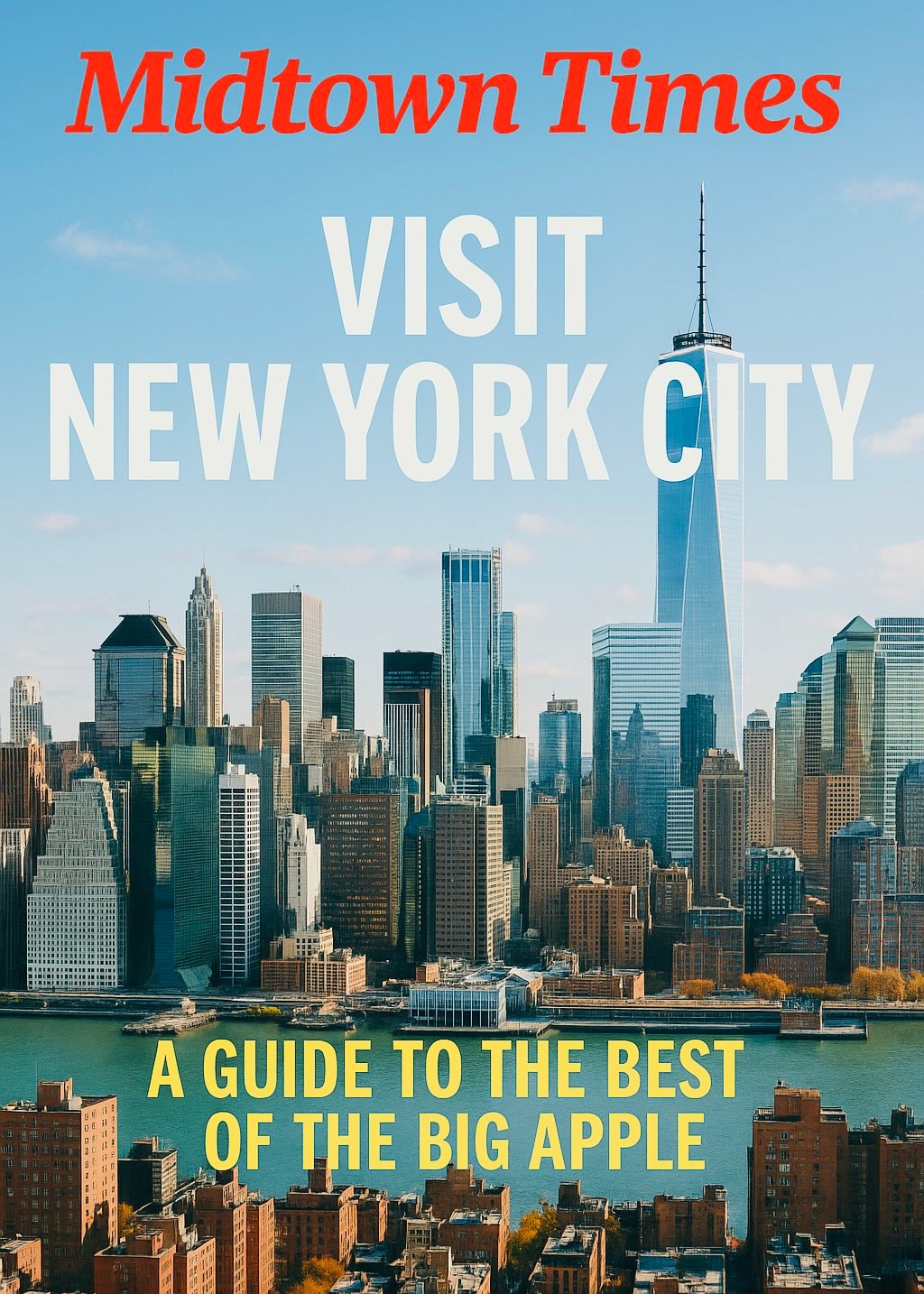Business – Retail sales in the United States climbed 0.5% in July, showing that consumers continued to spend steadily even as President Donald Trump’s tariffs pushed up costs and unsettled businesses.
According to Commerce Department data released Friday, the gain matched economists’ expectations. June’s figures were also revised upward to a robust 0.9% from the initial 0.6% estimate, signaling stronger-than-anticipated consumer activity in early summer. The July increase followed two months of weaker spending in April and May.
Auto Sales Lead the Way
Much of the momentum came from the auto sector, where sales rose 1.6%. Economists noted that demand had swung dramatically in recent months as buyers rushed to purchase vehicles before Trump’s 25% tariffs on imported cars and parts took effect, followed by a sharp slowdown. Excluding autos, retail sales increased 0.3% last month.
Mixed Performance Across Sectors
While furniture and home furnishings stores enjoyed robust gains, likely a sign that shoppers were moving purchases forward to beat tariff-related price hikes, sales at electronics stores declined. Restaurants also saw weaker business as more households chose to eat at home. Still, spending rose at clothing retailers and online outlets, reflecting continued resilience in discretionary categories.
A key measure of retail activity that excludes volatile sectors like gas, cars, and restaurants rose 0.5%, feeding into the government’s broader consumption estimates.
Analysts: Shoppers Rushing Ahead of Tariffs
Economist Tuan Nguyen of RSM US cautioned that not all of July’s strength reflected consumer confidence. Instead, higher prices for imported goods and accelerated spending ahead of looming August tariff deadlines likely played a role. Major sales events such as Amazon Prime Day and promotions from Walmart and Target may also have encouraged earlier purchases.
“There is nothing fundamentally weak about U.S. households,” Nguyen noted, pointing to solid financial positions. “But with tariffs creating so much noise, the rest of the year could be volatile.”
Inflation Pressures Looming
While consumer inflation was flat in July, falling costs for gas and groceries offset rising prices for imported products. Year-over-year, consumer prices were up 2.7%. However, wholesale inflation surged 0.9%, the sharpest monthly increase in over three years—suggesting that businesses are beginning to feel the pinch of tariffs and may soon pass more costs along to shoppers.
Companies Respond With Price Hikes
Some retailers have already adjusted pricing strategies. Walmart acknowledged higher banana prices earlier this summer, and brands like Procter & Gamble, Ralph Lauren, and Black & Decker have confirmed selective increases. Warby Parker said it intends to hold its $95 frame option steady but will raise prices on premium lenses, a category where margins are strongest.
Broader Economic Concerns
The retail sales data comes against a backdrop of slower job growth. The Labor Department reported earlier this month that U.S. employers added only 73,000 jobs in July, well short of forecasts, raising fresh concerns about the economic outlook amid ongoing trade tensions.
With major retailers set to report quarterly earnings in the coming weeks, analysts will be watching closely to see how companies balance absorbing higher costs with passing them on to consumers.
By Midtown Times Staff — adapted from reporting by the Associated Press (AP)


